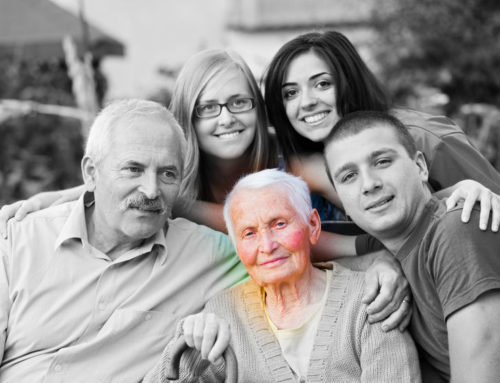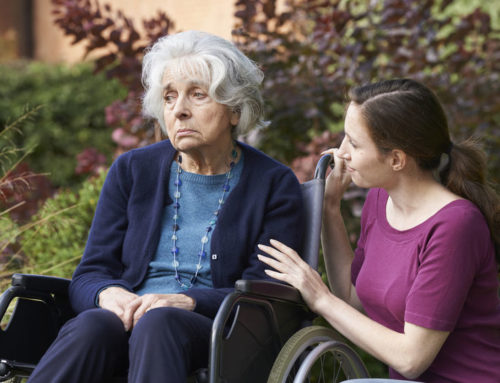According to the Met Life Market Survey of Long-Term Care Costs, seventy-two percent of assisted living communities in the United States offer Alzheimer’s and dementia care. The care often comes with an increase of price, with half of the surveyed assisted living communities charging different rates for residence with memory issues versus those without.
Nationally, the average base rate for assisted living communities for residents with Alzheimer’s or dementia care is $4,619 per month, or $55,428 per year. When you compare that to the cost of a private room ($91,615 per year) or a semi-private room ($81,030 per year), allowing Alzheimer’s or dementia patients to live in assisted living communities can greatly relieve the burden of expense, while providing many of the same benefits.
When choosing between an Ohio assisted living community or an Ohio nursing home, it is important to take the advice of your loved one’s physicians and specialists into account. Often, if one half of the married couple is in reasonable health, an assisted living community is a great option. The extra support needed to care for the patient is present, but the healthy spouse can still enjoy freedoms and socialization not typically found in a nursing home.
Some assisted living communities offer adult day care services, which can be a great option to consider as well. Just remember, the base rate of one facility may include much different services than the next facility. Be sure to check the services included, and services requiring an additional fee, before committing to a particular assisted living community.
Lastly, the security features available in assisted living communities vary from those of nursing homes, and the severity of the disease should be taken into account when shopping for communities. In 2011, the following breakdown applied:
- 61% of assisted living communities have a locked unit for Alzheimer’s and dementia patients
- 7% of assisted living communities have alarms on the doors of private or semi-private rooms or the exterior doors of the facility
- 25% have no security measures in place, and rely on their staff to ensure patient safety
- 4% have monitors that residents wear to track their location or set off alarms for the staff should the patient venture outside of permitted areas.





